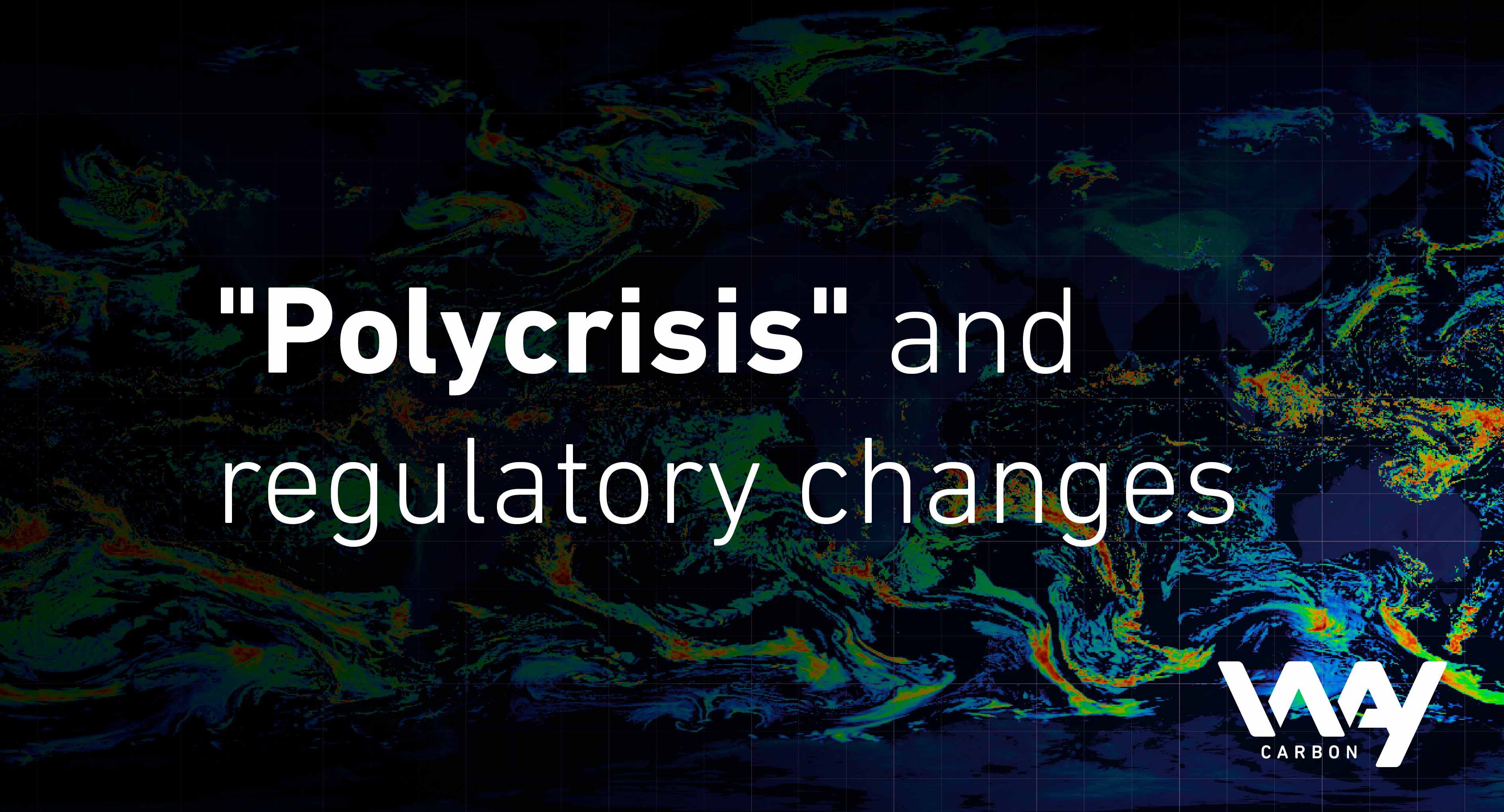“Polycrisis” and regulatory changes
According to the most recent World Economic Forum report, the world is facing a series of challenges that have resulted in a set of interconnected risks. Russia’s war in Ukraine has rapidly raised food and energy prices, fuelling a cost-of-living crisis and sparking social protests. Meanwhile, rising carbon emissions continue to drive climate change, threatening biodiversity, human health and the future of the planet.
According to experts, the situation we are experiencing can be called a “polycrisis” and we need to start solving it, bearing in mind long-term goals and the efforts to combat climate change.
Climate change is an issue that requires governments, businesses and civil society to work together, as failure to mitigate climate change is seen by experts as the greatest threat to the global economy over the next decade.
Market demands for greater transparency over climate-related information are increasing from consumers, investors, regulators and other stakeholders.
What to do
Leaders who want to adapt to the new regulatory requirements and identify how climate change and the transition to a low-carbon economy can impact their organisation’s business, strategy and financial planning can rely on WayCarbon’s solutions.
The Climate Risk Consultancy brings in a specific view of the physical and transitional risks applicable to the company, taking into account the sector in which it operates, the geographic location, the company’s specific characteristics and results, and the potential impacts that could be caused in different dimensions (e.g.: financial, operational, image, among others), under different hypotheses of future conditions.
Identified risks can be prioritised and action plans can be defined, so that companies can adapt themselves and monitor climate risks. In addition, the information resulting from the study will facilitate disclosures in mandatory (e.g.: CVM) or voluntary (e.g.: GRI) reports.
Why do it?
WayCarbon’s Climate Risk Consulting assists companies with:
– Compliance with CVM 59 guidelines on climate risk disclosure and TCFD recommendations.
– Meeting the expectations of investors and other stakeholders.
– Anticipating risks and identifying opportunities that may affect the business.
– Use of recognised methodologies, technical and scientific data to support risk analysis.
– Corporate engagement and preparation for climate risk management.
– Elaboration of risk matrixes and opportunities related to climate and establishment of performance indicators.
– Availability of reliable and organised information.
– Improvement of internal systems and processes to collect, consolidate and validate climate-related information.
– Preparation for future application of the minimum standards for climate reporting of the ISSB – International Sustainability Standards Board.
Conclusion
Climate Risk management can be a key element for strategic decision-making since it allows the company to see challenges that may be faced in different scenarios and time horizons and it helps to plan risk prevention mechanisms, increasing the company’s resilience to deal with the climate crisis.










